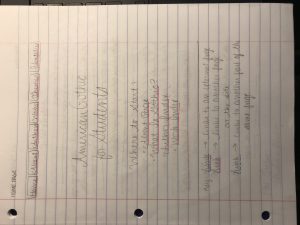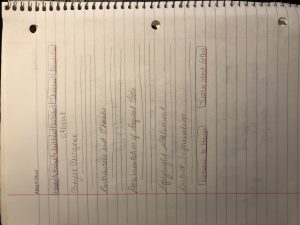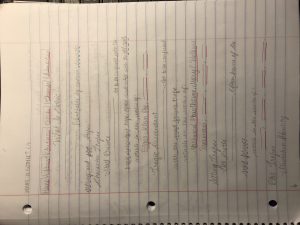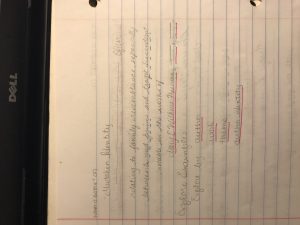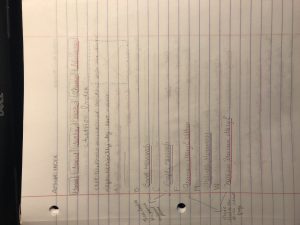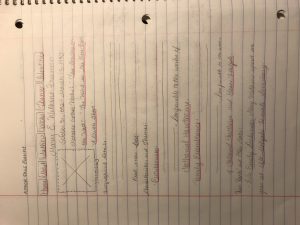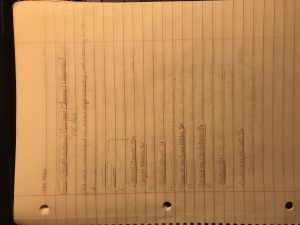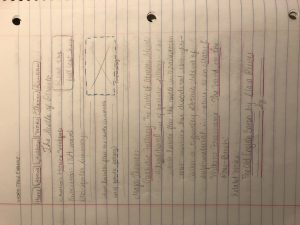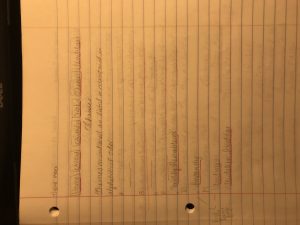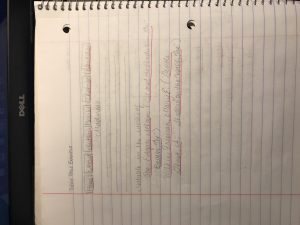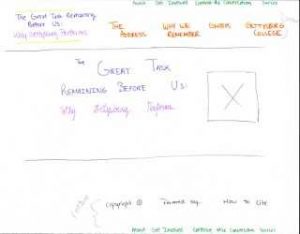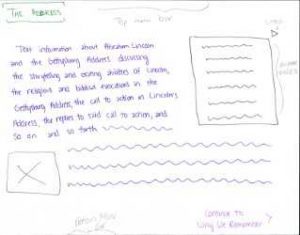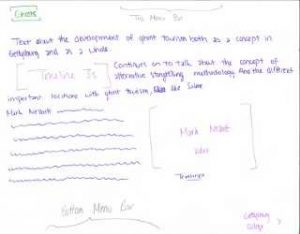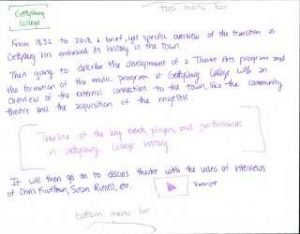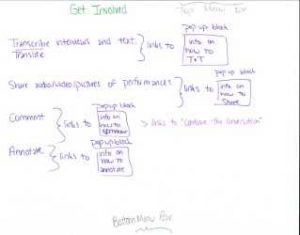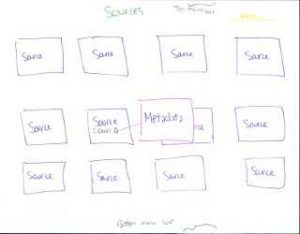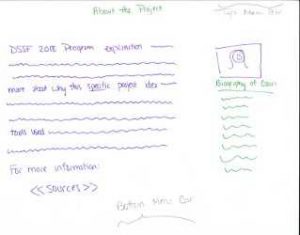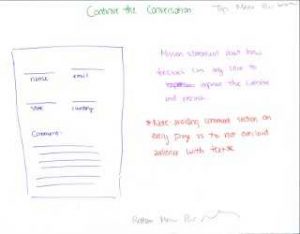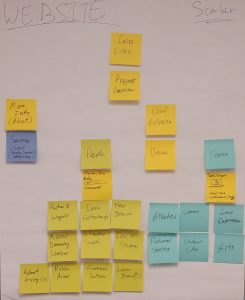Community and collaboration are two aspects that are integral to DH. DH is meant to be open, and it cannot be so without a great community with which to collaborate. So, this past week we traveled to Bucknell to meet with the current Digital Scholarship Summer Research Fellows. This meeting allowed us to get to know other undergraduates working with DH and see how other Digital Scholarship programs function.
Since I was a part of the DSSF cohort last year, I had an opportunity to make connections in the DH community before the other DSSF18 fellows. We went to conferences and meet-ups to see how other DH programs were taking shape at colleges. It was interesting to see how different institutions built their DH programs to meet their needs. After one conference, we discussed the differences between and strengths of our programs with other DH students.
We met with Bucknell students last year as well, although it was much later in the summer. At that point, we were able to compare and critique each other’s projects to help strengthen the final product. This summer, our meet up was about learning new skills and listening to project ideas that were still being formulated. We stressed collaboration. DSSF students and DSSRF students offered advice on what tools to use and how to frame their projects to make them engaging. We were able to swap knowledge to help each other’s projects grow.
This sharing of knowledge and expertise to strengthen DH as a whole is an aspect of the community that is particularly pronounced through social media. DH uses digital connectivity to pass information along to newcomers. Last year, a lab session was conducted in which the fellows used Twitter for DH and explored the DH Slack page. We used Twitter at this past meet up to share information and show what our programs were doing. These methods of communication make it easy to stay in contact with others in the DH field.
The cohort this year is a strong community. We are all living in one apartment where it is relatively easy to share information with each other. We only need to knock on a door to get immediate feedback and help. We share ideas and swap sources constantly to help each other succeed during this program. That same sense of community should expand to the rest of DH, both on this campus and in the wider DH world.
We can help others in DH who are not a part of this program by sharing knowledge and encouraging DH work. Many of our lab sessions are open to the public so that other student researchers living on campus over the summer can benefit from this program. We can share and collaborate about our programs. This past year, as our Digital Scholarship Office was trying to set up public sessions, I reached out to DH students at Muhlenberg College for advice, as they had run similar sessions. They replied and helped me to feel more prepared.
DH is meant to be open. We value open access tools and the sharing of information, as it makes the community stronger. People can build upon each other’s work and lift up projects and tools that succeed. While I made a DH community last year, it is always possible to expand and grow in the DH community. I am not done with this community, and I hope to collaborate more over the coming weeks.
